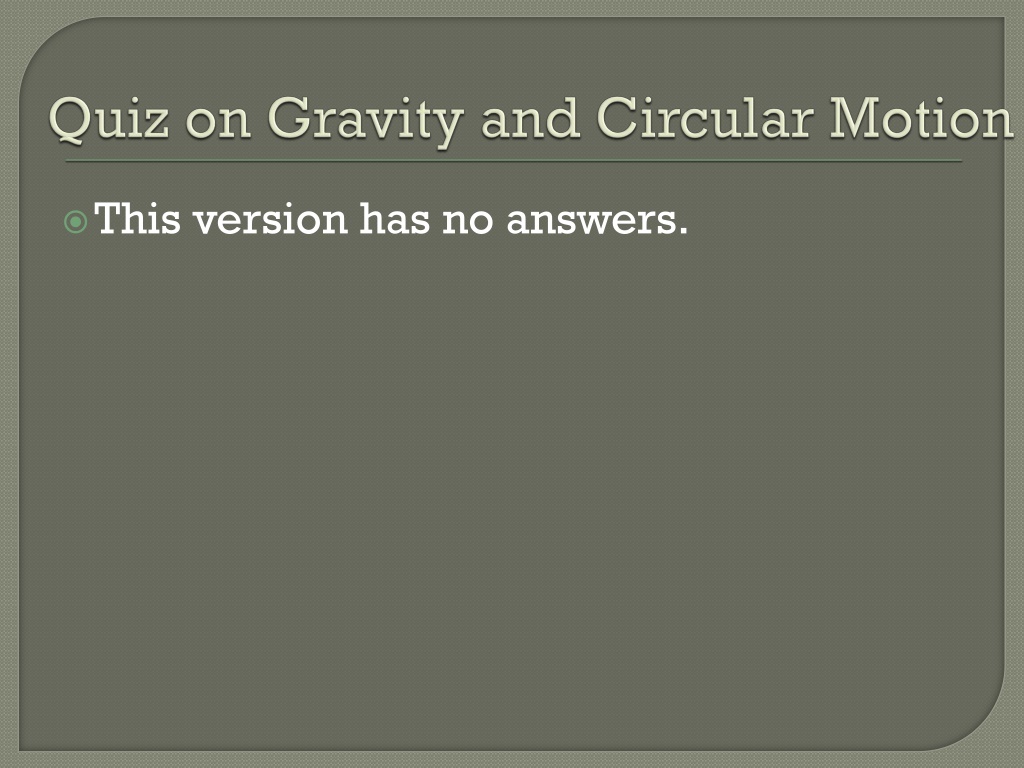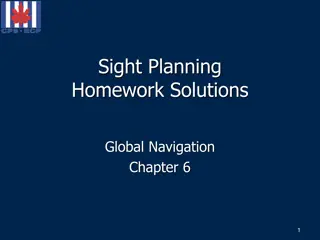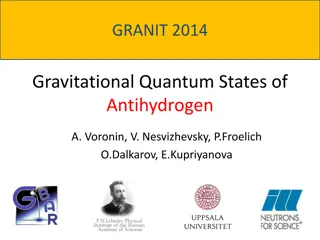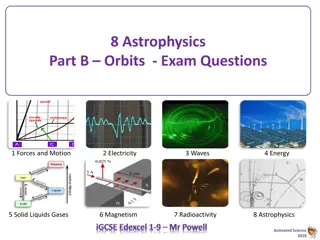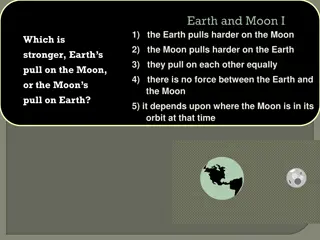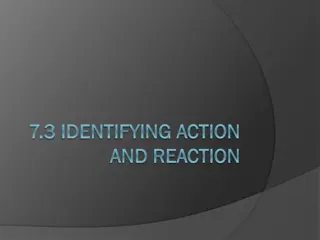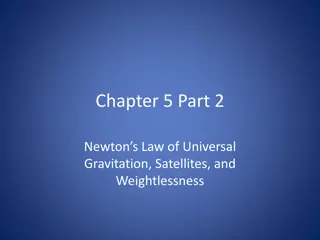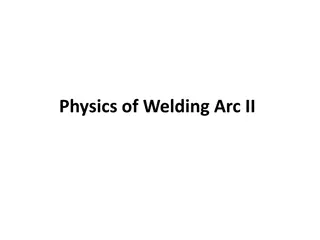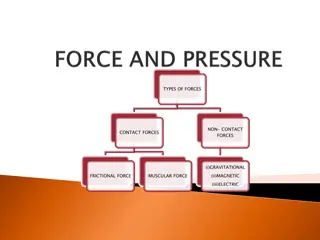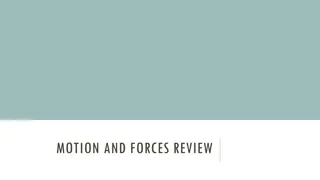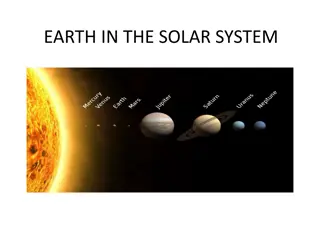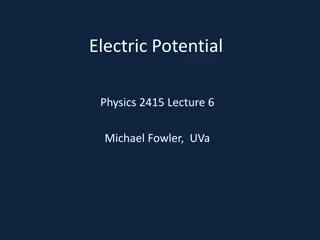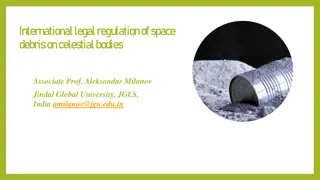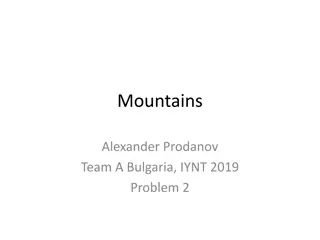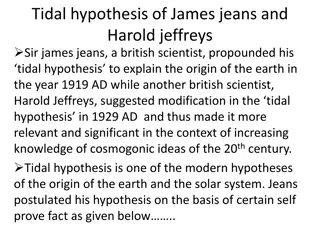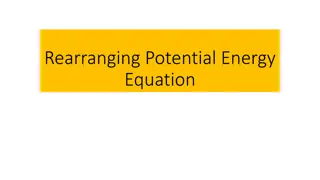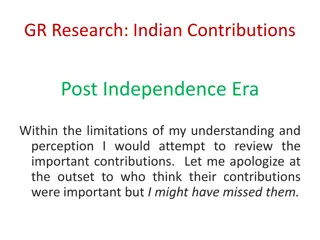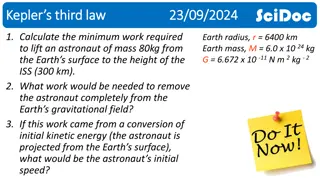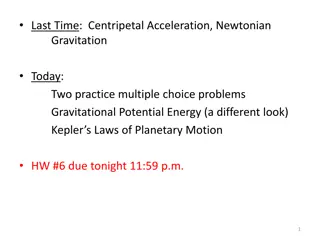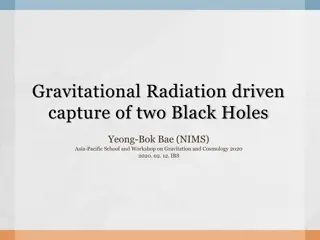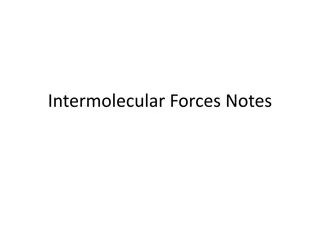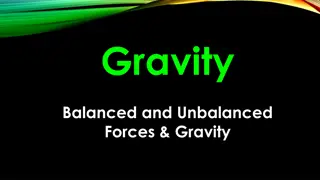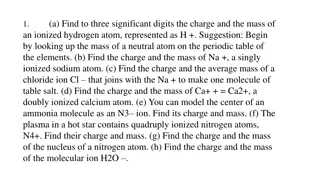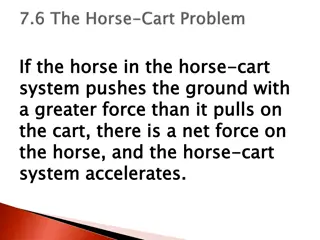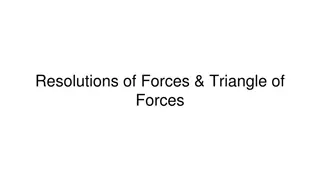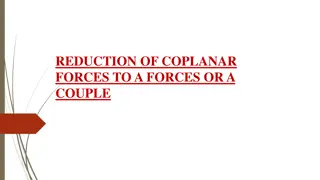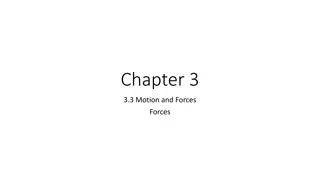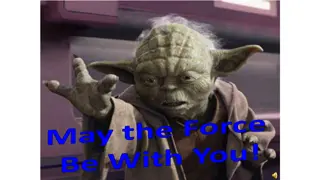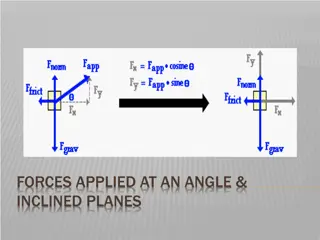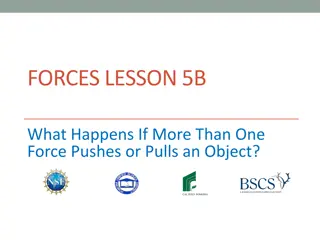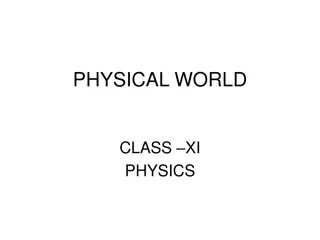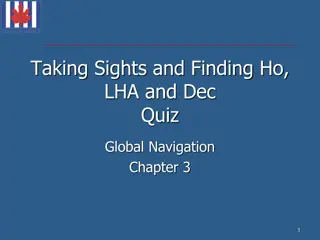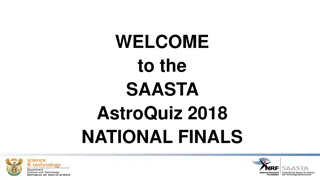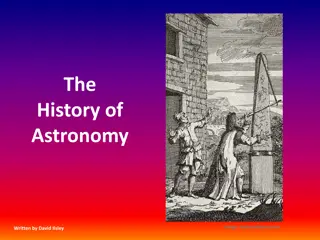Concepts in Gravitational Forces and Celestial Bodies
This informative content delves into various concepts related to gravitational forces and interactions between celestial bodies like the Earth and the Moon. It covers topics such as the comparison of gravitational pulls, forces in concentric orbits, weight measurements in different scenarios, and the impact of mass changes on gravitational attraction. Engage with these educational questions and explore the intricacies of gravitational physics.
Download Presentation

Please find below an Image/Link to download the presentation.
The content on the website is provided AS IS for your information and personal use only. It may not be sold, licensed, or shared on other websites without obtaining consent from the author. Download presentation by click this link. If you encounter any issues during the download, it is possible that the publisher has removed the file from their server.
E N D
Presentation Transcript
1) the Earth pulls harder on the Moon 2) the Moon pulls harder on the Earth 3) they pull on each other equally 4) there is no force between the Earth and the Moon 5) it depends upon where the Moon is in its orbit at that time Which is stronger, Earth s pull on the Moon, or the Moon s pull on Earth?
1) one quarter If the distance to the Moon 2) one half were doubled, then the force of 3) the same attraction between Earth and 4) two times the Moon would be: 5) four times
You weigh yourself on a scale inside an airplane that is flying with constant speed at an altitude of 20,000 feet. How does your measured weight in the airplane compare with your weight as measured on the surface of the Earth? 1) greater than 2) less than 3) same
1) 1/8 Two satellites A and B of the same mass are going around Earth in concentric orbits. The distance of satellite B from Earth s center is twice that of satellite A. What is the ratio of the centripetal force acting on B compared to that acting on A? 2) 1/4 3) 1/2 4) it s the same 5) 2
1) its in Earths gravitational field 2) the net force on it is zero The Moon does not 3) it is beyond the main pull of Earth s gravity crash into Earth because: 4) it s being pulled by the Sun as well as by Earth 5) none of the above
1) 1/8 Two satellites A and B of the same mass are going around Earth in concentric orbits. The velocity of satellite B is twice that of satellite A. What is the ratio of the centripetal force acting on B compared to that acting on A? 2) 1/4 3) 2 4) it s the same 5) 4
What would happen to the force of gravitational attraction between the earth and the moon, if both masses were to double in size? The attractive force would be 4 times smaller. The attractive force would be 4 times larger. The attractive force would be two times larger same 1) 2) 3) 4)
1) The centripetal force is equal to the force of gravity on the satellite. 2) The centripetal force is zero in this case. 3) The centripetal force is equal to the centrifugal force in this case. 4) The centripetal force is tangent to the path of the satellite Using Newtons 2nd Law, what is the centripetal force equal to for a satellite orbiting the earth?
The centripetal force is equal to the force of tension in the string. The centripetal force is zero in this case. The centripetal force is equal to the vertical component of the tension in the string. The centripetal force is equal to the horizontal component of the tension in the string. 1) Using Newtons 2nd Law, what is the centripetal force equal to for a mass on a string rotating in a circular cone? 2) 3) 4)
1) The force of gravity would be four times as great as before. 2) The force of gravity would be two times as great as before. 3) The force of gravity would be one half times as great as before. 4) The force of gravity would be one fourth times as great as before. If ?? were a satellite orbiting ?? and both ?? and r were doubled, how would the force of gravity be changed?
